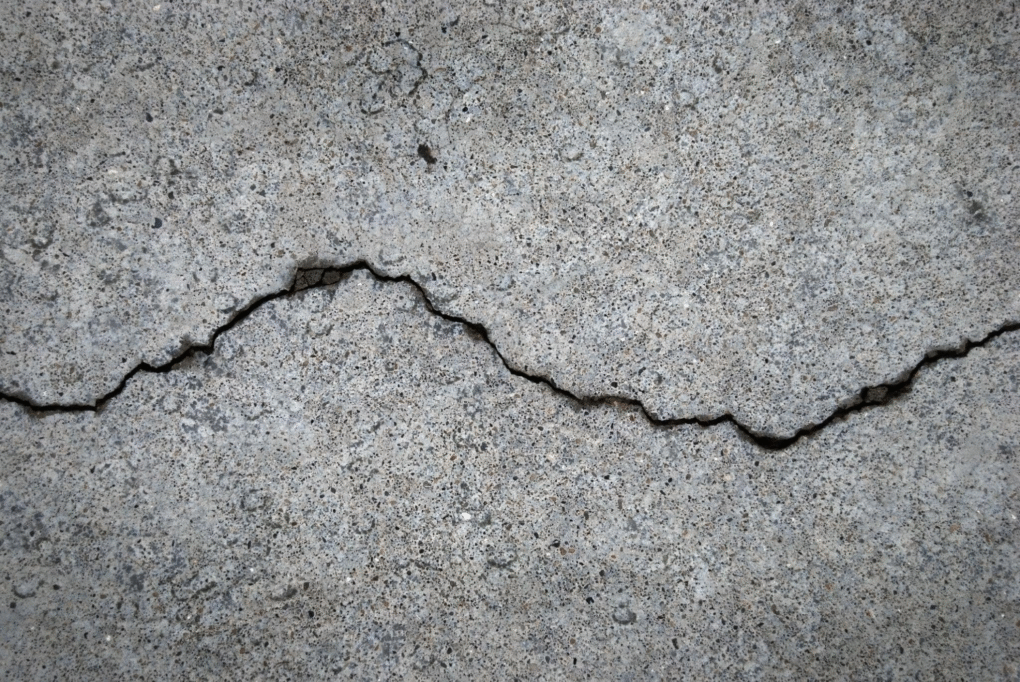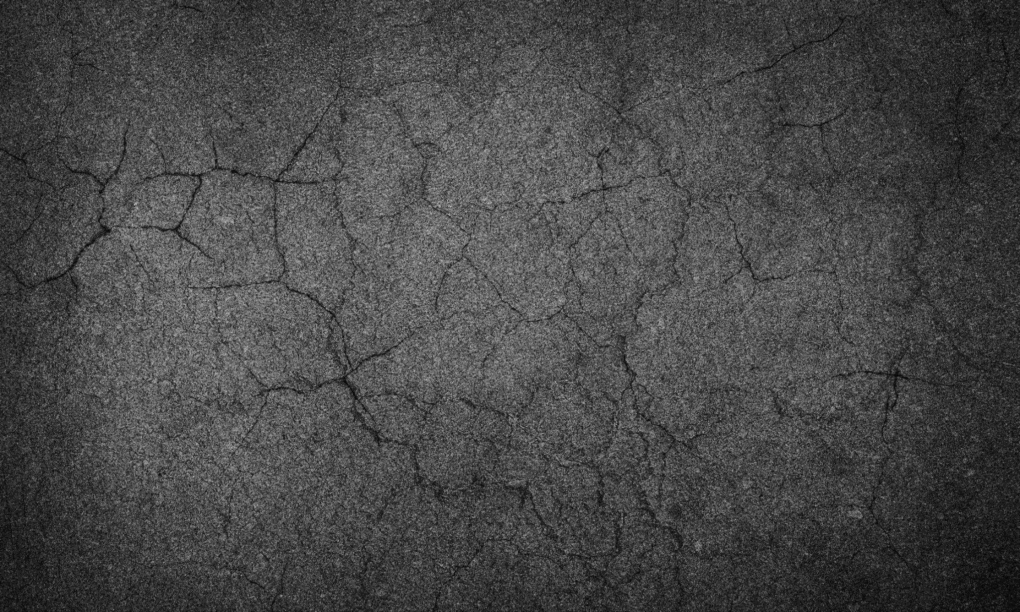Cracks in driveways are a common occurrence, but not all of them signal serious problems. Minor cracks, such as hairline fractures, often result from natural settling or curing processes and are typically harmless. However, larger cracks, uneven surfaces, or those that widen over time may indicate more significant issues like soil movement, poor drainage, or structural damage. Understanding the difference can help you decide whether to handle repairs yourself or seek professional driveway repair assistance.

Table of Contents
- Types of Driveway Cracks Explained
- What Causes Driveway Cracks?
- How to Identify Problematic Cracks
- DIY Fixes for Minor Cracks
Every driveway, no matter how well-built, will eventually show signs of wear – and cracks are among the most frequent culprits. Some cracks are merely cosmetic, appearing as thin lines caused by natural shrinkage or minor settling. Others, however, can point to deeper problems, such as soil instability or water pooling due to improper site conditions.
Addressing these issues early is key to preventing costly repairs down the line. For instance, evaluating factors like soil composition, slope, and drainage systems is essential for determining the root cause of cracks and matching solutions to your specific needs. This process often requires expertise in driveway repair in Calgary to secure long-lasting results. In this guide, we’ll walk you through identifying, addressing, and preventing driveway cracks effectively so you can keep your driveway in top shape for years to come.
Types of Driveway Cracks Explained
Not all driveway cracks are created equal. Understanding the type of crack you’re dealing with is the first step in determining whether it’s a minor issue or a sign of something more serious. Here’s a breakdown of the most common types of cracks and what they mean for your driveway:
| Type of Crack | Appearance | Cause | Severity Level |
| Hairline Cracks | Thin lines, often less than 1/8 inch wide | Natural shrinkage during curing | Low – Cosmetic only |
| Spalling Cracks | Surface flaking or chipping | Freeze-thaw cycles, de-icing chemicals | Moderate – Needs sealing |
| Structural Cracks | Wide gaps, often accompanied by uneven surfaces | Poor subgrade, heavy loads, tree roots | High – Requires repair |
| Edge Cracks | Cracks along the edges of the driveway | Lack of support, water pooling | Moderate to High |
Each type of crack tells a story about what’s happening beneath the surface. For example, edge cracks often occur when water pools near the driveway’s perimeter due to poor drainage, while structural cracks may indicate issues with the soil or base material. Recognizing these signs early can help you address problems before they escalate.
What Causes Driveway Cracks?
For homeowners dealing with uneven or damaged surfaces, leveling concrete driveway services can provide a long-term fix. This process not only restores a smooth, even surface but also helps prevent water pooling and further cracking, ultimately extending the life and appearance of the driveway.
Understanding the root causes of driveway cracks can help you prevent them or address them more effectively. While some cracks are inevitable due to natural factors, others result from avoidable issues like poor installation or maintenance. Here’s a detailed look at the most common culprits:
Natural Shrinkage
When concrete is first poured, it undergoes a curing process that causes it to shrink slightly. This natural phenomenon often leads to thin, hairline cracks on the surface. While these cracks are purely cosmetic and don’t affect the structural integrity of the driveway, they can worsen over time if not sealed properly.
Soil Movement and Settlement
Soil beneath your driveway isn’t static – it shifts and settles over time. This movement is especially pronounced in areas with expansive clay soils or after heavy rainfall. As the soil moves, it creates pressure points that lead to cracking. In some cases, improper compaction during installation can exacerbate this issue, resulting in more severe cracks.
Poor Drainage Systems
Water is one of the biggest enemies of driveways. Without proper drainage, water can pool under or around the driveway, eroding the base material and creating weak spots. Over time, these weak spots develop into cracks. Ensuring proper grading and installing effective drainage systems can mitigate this risk significantly.
Freeze-Thaw Cycles
In colder climates, freeze-thaw cycles are a major contributor to driveway cracks. Water seeps into small cracks, freezes, expands, and widens the gap. When the ice melts, the crack remains larger than before, allowing even more water to enter during the next cycle. This repetitive process accelerates damage, making timely repairs essential.
While some of these factors are beyond your control, others – like drainage and site evaluation – can be addressed proactively. For example, evaluating site conditions such as soil composition, slope, and drainage during the planning phase can help match the right approach to your specific needs.
How to Identify Problematic Cracks

Not every crack requires immediate attention, but knowing how to spot problematic ones can save you from costly repairs down the road. Here’s a guide to help you assess whether a crack is harmless or a sign of deeper trouble:
Look at the Width
- Hairline cracks (less than 1/8 inch wide) are typically surface-level and cosmetic. These usually don’t require urgent action unless they begin to widen.
- Cracks wider than 1/4 inch often indicate more serious issues, such as soil movement or structural damage. If left untreated, these can lead to further deterioration.
Check the Depth
Surface-level cracks are generally less concerning, but if the crack extends deep into the driveway, it may have compromised the base material. This is especially true if you notice loose gravel or sand around the edges of the crack.
Observe for Movement
If parts of your driveway appear uneven, sunken, or raised, it could signal underlying problems like soil erosion or poor compaction. Pay close attention to areas near trees, as roots can also cause shifting and cracking.
Monitor for Expansion
Problematic cracks tend to grow over time. Mark the ends of a crack with chalk and check periodically to see if it’s spreading. If it expands significantly within a few months, it’s time to take action.
Evaluate Water Behavior
Water pooling near cracks or flowing underneath the driveway is a red flag. It suggests drainage issues that can lead to further damage if not addressed promptly.
DIY Fixes for Minor Cracks
For small, non-structural cracks, a little effort can go a long way in preserving your driveway’s appearance and preventing further damage. Here’s how you can tackle minor cracks on your own:
Gather the Right Tools and Materials
Before starting, secure you have the necessary supplies: a wire brush, a vacuum or compressed air, a concrete crack filler or sealant, a trowel, and a caulking gun (if using a tube-based filler). Choosing high-quality materials suited to your climate is essential for long-lasting results.
Clean the Crack Thoroughly
Dirt, debris, and loose particles can prevent the filler from adhering properly. Use a wire brush to remove loose material, then vacuum or blow out the crack with compressed air. For deeper cracks, rinse with water and let it dry completely before proceeding.
Apply the Filler or Sealant
Choose a product designed for the type of crack you’re repairing. For hairline cracks, a liquid crack filler works well. For wider gaps, use a foam backer rod to fill the space partially, then apply a concrete patching compound with a trowel. Smooth the surface evenly to match the surrounding area.
Seal the Entire Driveway
Once the repaired area has cured according to the manufacturer’s instructions, consider sealing the entire driveway. A high-quality sealer not only enhances the appearance but also provides an extra layer of protection against moisture, freeze-thaw cycles, and de-icing chemicals.
Conclusion: Stay Ahead of Driveway Cracks
Any common crack in a driveway is a reality, but it should not be a stress and a cost factor. With the knowledge of distinction between wear and damage, one can make the proper steps to fix the problem before it rockets out of control. It can be such simple DIY solutions to small cracks or be such structural issues that require the intervention of a professional; however, the same point remains: being proactive is the best way to secure that a driveway remains both durable and appealing.
Prevention is also very crucial in extending the life of your driveway. Small contributions such as proper drainage to regular sealing of the surface can pay off big time. And when it comes to professional help when repairs aren’t enough, but a complete replacement is needed, the initial consultation and the evaluation of the site done thoroughly will guarantee that the solution will be specifically designed to suit your needs and will take into consideration the surrounding factors, such as soil, slope, and drainage.
Being alert and fixing up the cracks as soon as they appear will save you money, as well as allow your driveway to remain beauitfully intact for many years. But then again a neat driveway does not only increase the curb appeal but also enhances the value of your property. Therefore, be patient with it – investment pays off in the long run.
